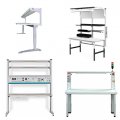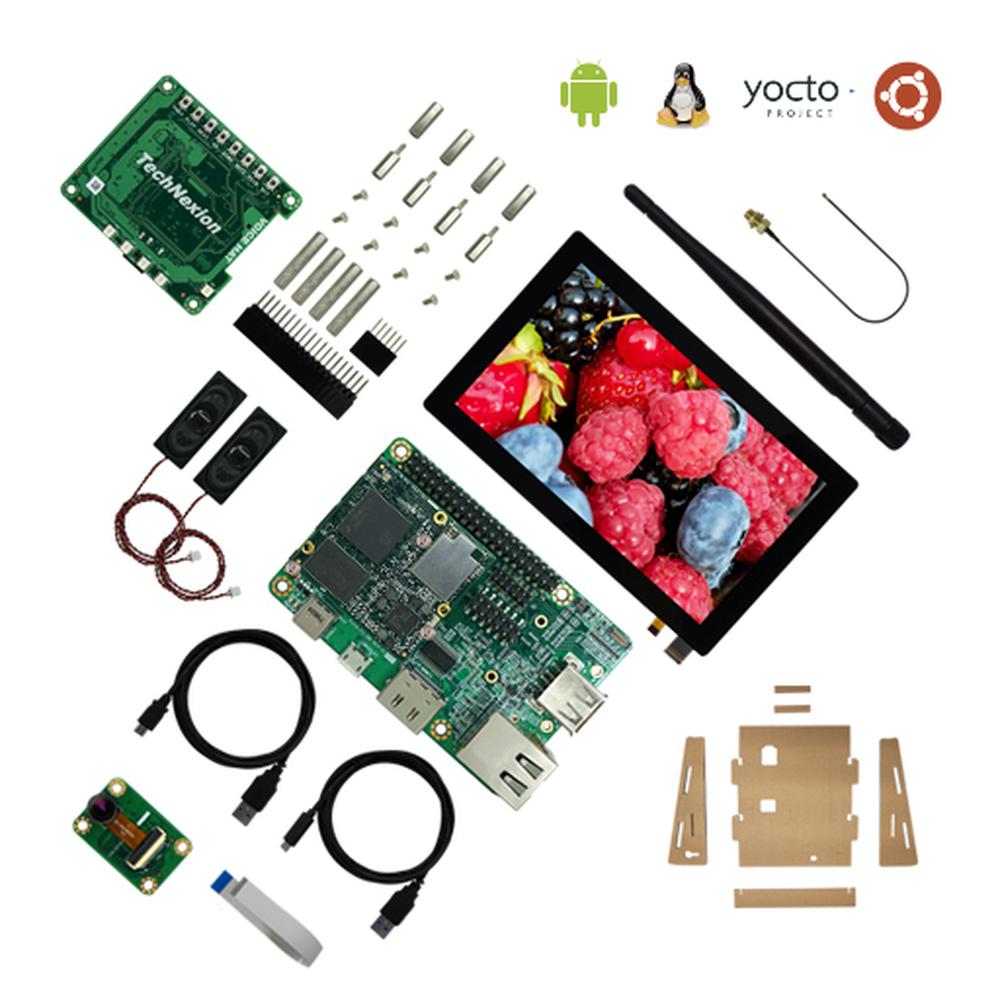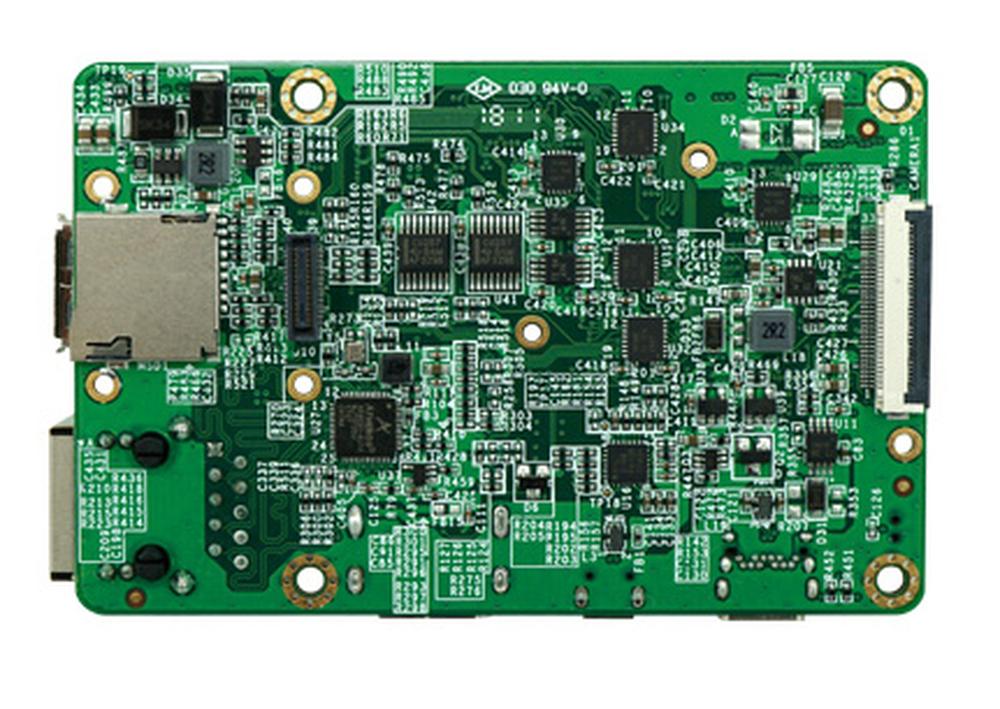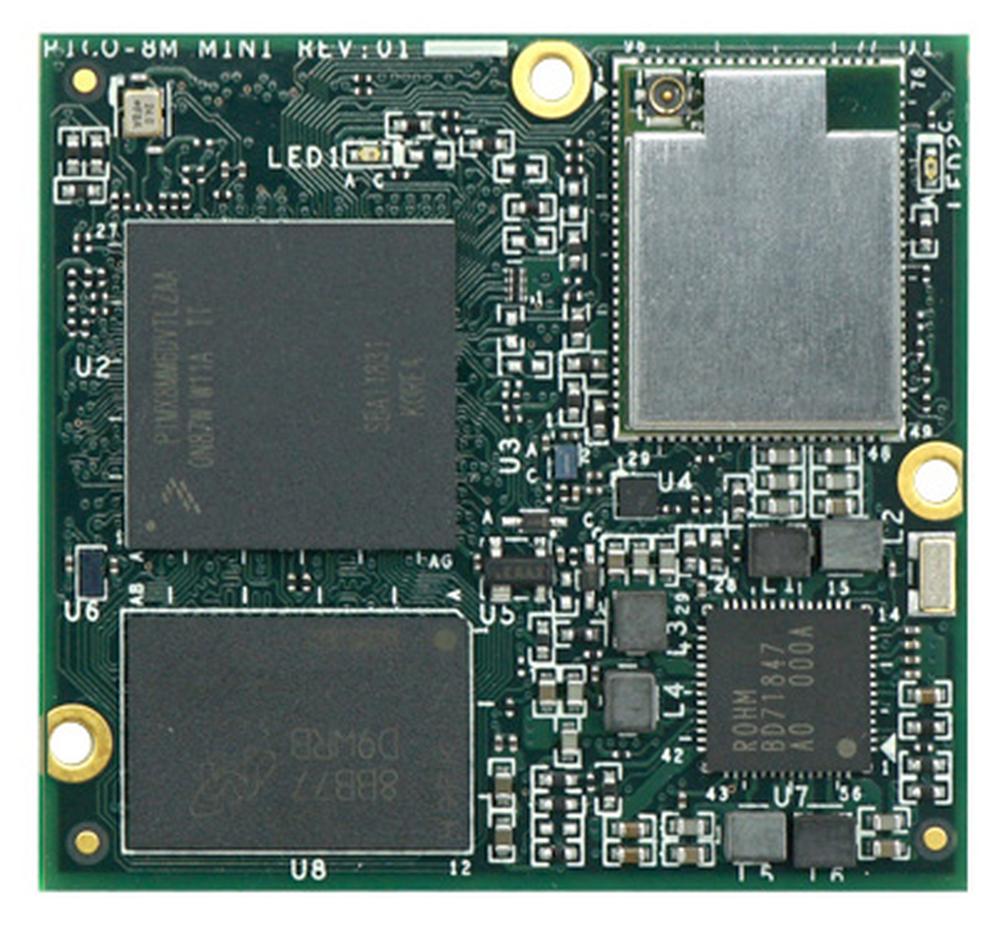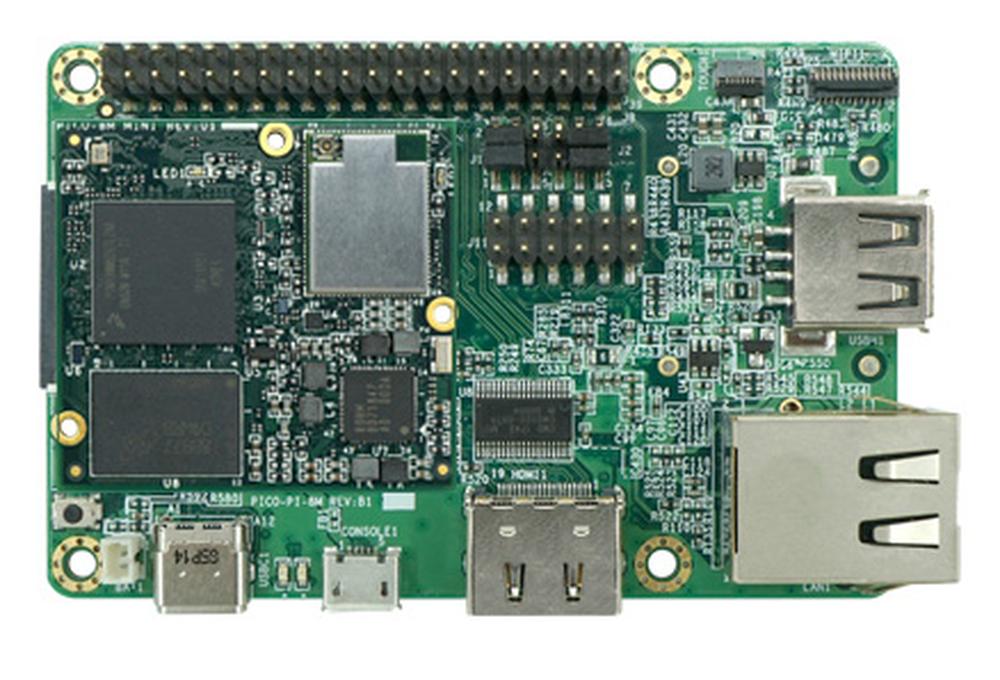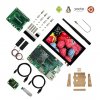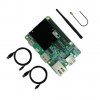Boot to Qt
Boot to Qt (b2qt) is the reference distro used in Qt for Device Creation. It combines Poky (a reference distribution of the Yocto Project), meta-qt5 and various BSP meta-layers. It provides an integrated solution for building toolchains (the set of tools that compiles source code into executables that can run on your target device and includes a compiler, a linker, and run-time libraries) and b2qt images with the latest Qt version for different devices.B2qt source code with TechNexion BSP meta layers will be published on the public TechNexion GitHub soon. In the meantime, you can use private TechNexion GitHub or download binary demo images from the TechNexion FTP server. Qt enables both commercial and open source licensing. TechNexion b2qt images use an open-source Qt license.
Certification of TechNexion modules based on i.MX8M processor is in the progress, they should appear on the Reference Target Devices. TechNexion is also working on b2qt for modules based on i.MX6 processors.
PICO-IMX8 modules vs. Raspberry Pi
The participants of the webinar were interested in comparing the PICO-IMX8 modules with Raspberry Pi. As Henri mentioned, it is difficult to compare them because the products are intended for another market. Raspberry Pi is a great single board computer designed for the hobby market while PICO-IMX8 modules are designed for the industrial market.
You can read more in articles Why Raspberry Pi Isn’t a Good Choice for Commercial Products and Raspberry Pi 4: The Good, the Bad, and the Ugly
During the webinar, we went through many interesting topics with Tomasz Swatowski and Henri Parmentier from Technexion and we got answers to our questions. Check it out:
Webinar Timeline:
Start - 12:35 Development kit features, how to flash demo image to the kit.
12:35 - 14:04 Boot to Qt.
14:04 - 17:00 Licensing Qt libraries for commercial use.
17:00 - 18:49 Does the PICO-IMX8 module with Wi-Fi comply with European Union’s Radio Equipment Directive 2014/53/EU (RED)?
18:50 - 20:15 Wi-Fi module works in temperature range -40 to 85°C, are the PICO-IMX modules available for this temperature range?
20:30 - 21:00 What Bluetooth standard does the module support?
21:00 - 23:04 What carrier boards are available for PICO-IMX8 modules?
23:04 - 24:25 Is it possible to use the PICO-PI-8M carrier board in the final product?
24:25 - 25:28 Does TechNexion provide board design files for carrier boards? If so, in what format?
25:30 - 26:25 Is it possible to design a carrier board as 2-layer PCB instead of 4-layer PCB?
26:25 - 27:14 Do carrier boards provide RS232, RS485 interfaces?
27:15 - 29:25 Where can I find demo images and current firmware for Wi-Fi/Bluetooth module?
29:25 - 30:20 How to add the LVDS interface to the PICO-IMX8M-MINI module?
30:22 - 30:45 When will Wizard carrier board schematics and PCB design files be available?
30:45 - 31:35 Which modules are the Wizard carrier board compatible with?
31:40 - 33:25 Can you compare PICO-IMX8M-MINI with Raspberry Pi version 3, 4?
33:25 - 34:56 What is the default eMMC capacity on the PICO modules?
34:56 - 36:33 What is the long term availability of PICO modules?
36:33 - 38:20 What SW support does TechNexion provide to customers?
38:20 - 39:05 What is the MOQ for customization of carrier boards?
39:15 - 43:55 What happens if TechNexion closes business? Does the second source of TechNexion modules exist?
43:55 - 45:08 What bootloader PICO modules use?
45:10 - 46:35 Is it possible to easily migrate SW from PICO modules to i.MX8M processor-based modules from different vendors?
46:35 - 47:00 Do you have your own manufacture capabilities?
47:00 - 47:36 Can you design and manufacture the carrier board for me?
47:36 - 48:45 Can you compare the price of Raspberry Pi 3 and carrier board + PICO module, if the booth solution offers the same input/output interfaces?
48:45 - 56:50 What resources does the TechNexion web offer?
56:50 - 57:56 Where to find more information about Qt libraries and boot to Qt.
57:56 - 1:01:55 When will the PICO-IMX8 modules be included in the list of reference devices supporting boot to Qt?
1:06:55 - 1:08:20 What PICO module should I choose to replace Raspberry Pi
1:08:20 - 1:11:35 What FLASH memory is used on the PICO module?
1:11:35 - 1:14:12 How can I flash SW to on-board eMMC?
1:14:12 – End Qt libraries licensing.
See the whole recording from our webinar and learn more. We hope you will find answers to your questions and you will benefit from it. Thanks to Tomasz and Henri from Technexion for their time and know-how they have shared with us and we are looking forward to more inspiring webinars.
Was the webinar interesting for you? Something wasn't clear? Feel free to ask for more information, we will be pleased to advise you at technexion@soselectronic.com
See what modules kit contains, how easy is to flash demo image to the kit and answers to interesting questions.
Do you like our articles? Do not miss any of them! You do not have to worry about anything, we will arrange delivery to you.












